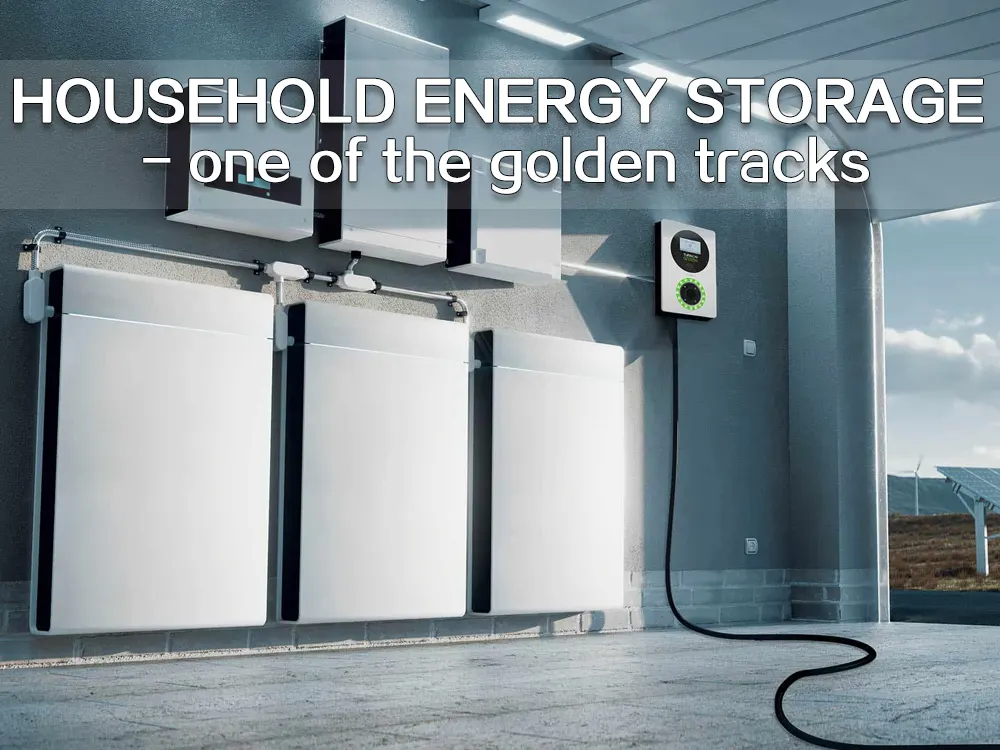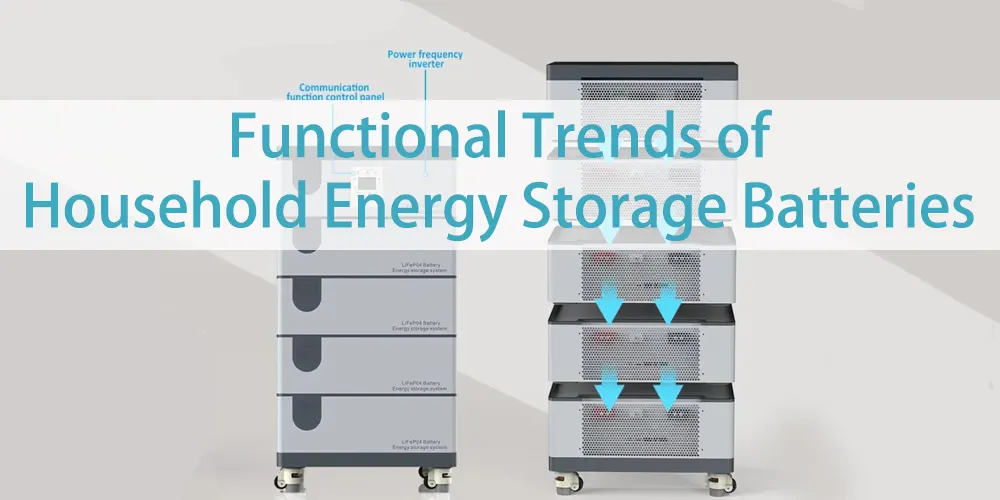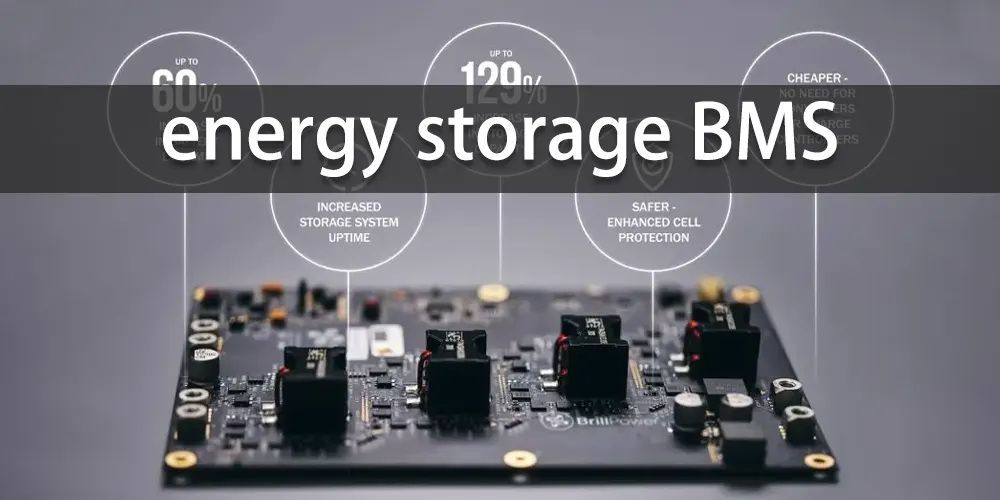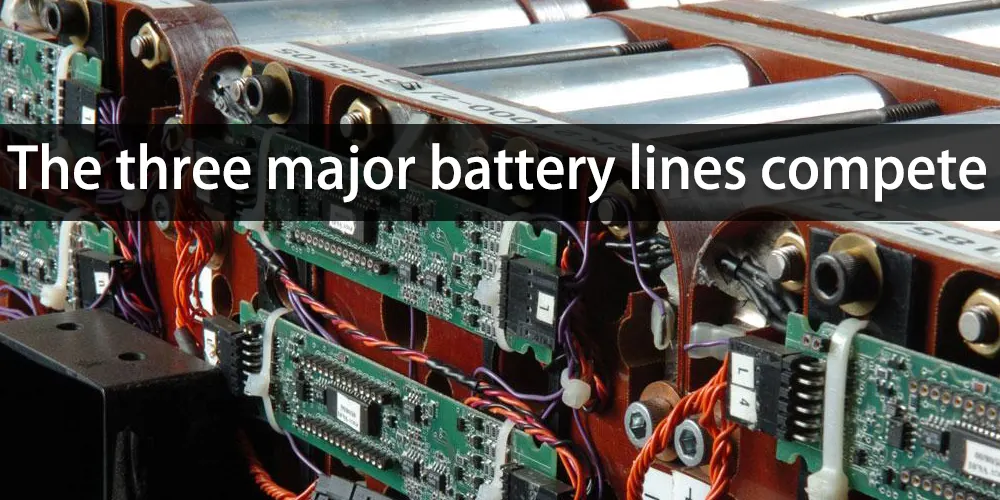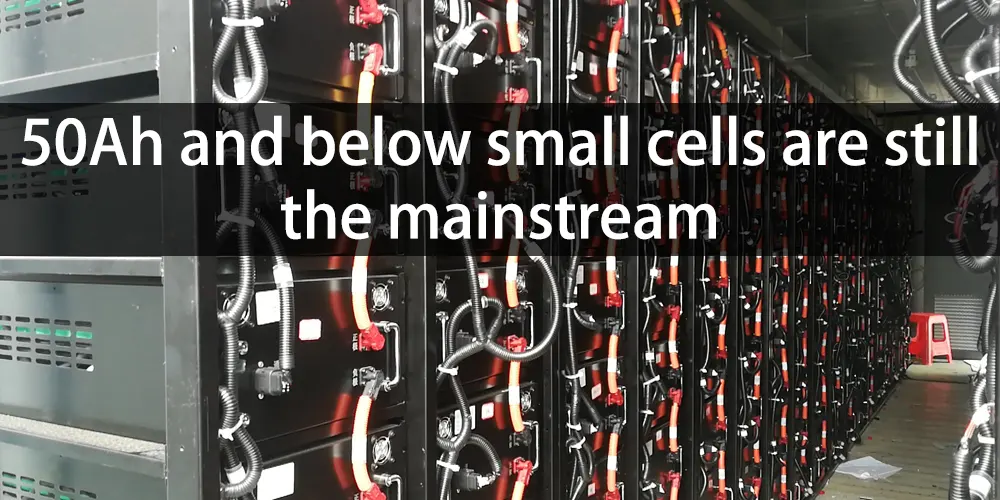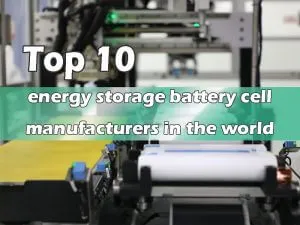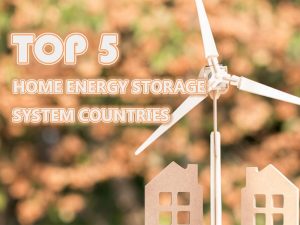Home » battery storage » Household energy storage – one of the golden tracks
Household energy storage - one of the golden tracks

In 2026, China’s household energy storage lithium battery shipments are expected to reach 100GWh. At present, most of China’s household energy storage lithium battery manufacturers enter the household energy storage market from other fields, such as CATL and BYD.
Household energy storage has become a key competition track for various lithium battery industries.
Portable energy storage extends to household energy storage
The boundary between household energy storage and portable energy storage between 2KWh and 8KWh will gradually blur, and the degree of integration between the two will continue to increase.
In the past, household energy storage was basically concentrated in the range of 5-15KWh, and the power of portable energy storage products was mostly concentrated in products below 1.5KWh. The supply of power products in the range of 2KWh to 8KWh was not well satisfied.
Recently, some portable energy storage companies have begun to extend to household energy storage. According to reports, 6KWh portable energy storage products on the market can achieve a system capacity of more than 20KWh through plug-and-play and modular series-parallel connection.
Among them, a group of leading portable energy storage companies are accelerating their cross-border entry into household energy storage scenarios.
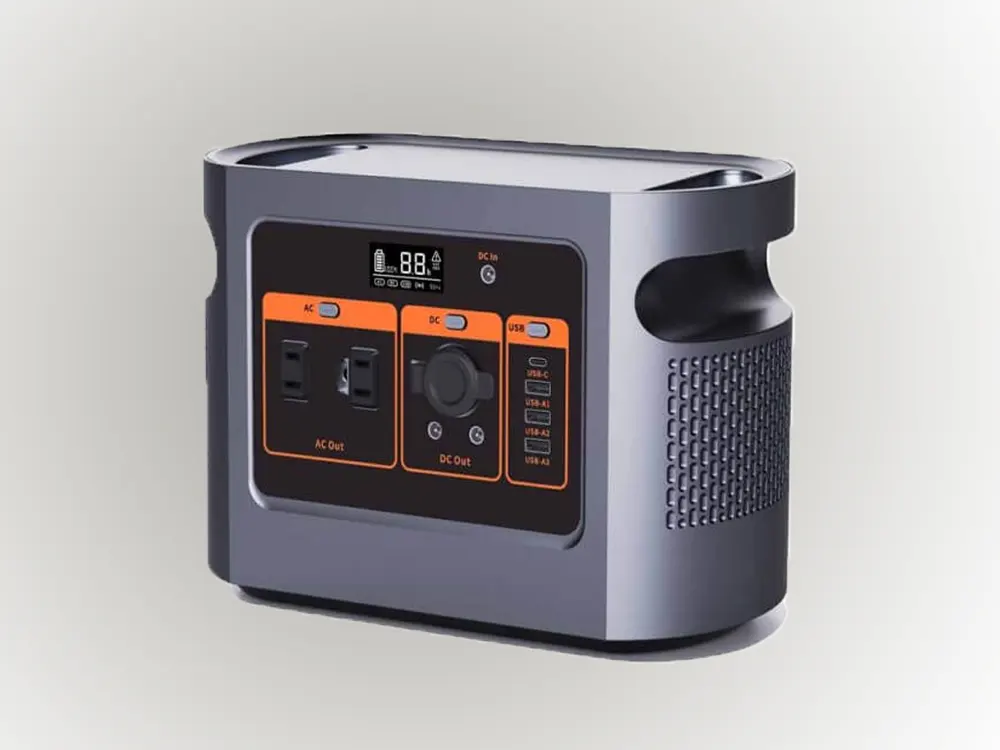
Click on the picture for product details and its best price
Household energy storage companies will also enter the portable energy storage market based on the ecological layout of the system and the completion of product supply capabilities. In the future, the product boundaries between the two will become more and more blurred.
The functional trend of household energy storage batteries
Facing the demand for flexible and intelligent household energy storage, the design capability of household energy storage batteries is getting stronger.
Household energy storage, as a small energy storage battery, seems to focus on storage, but subsequent battery management and whole-house energy deployment are equally important.
Therefore, the core competitiveness of household energy storage batteries is product design capabilities.
In terms of energy storage battery product design, it is mainly to adapt to energy storage inverters and customize product design according to customer needs.
For example, the BMS (battery management system) in the energy storage system needs to be adapted to the energy storage inverter. The energy storage inverter controller communicates with the BMS through the CAN interface.
Obtaining the status information of the battery pack can realize the protective charging and discharging of the battery and ensure the safe operation of the battery.
Among them, the energy storage BMS must have the function of real-time monitoring of battery voltage, current, and temperature, and then realize the calculation of SOC, SOH and other battery states, so as to realize the functions of battery balance management, thermal management, and fault alarm.
In 2022, thanks to the outbreak of global household energy storage demand, the supply of 50Ah-based household energy storage lithium battery products will be in short supply, and battery cell companies will accelerate capacity expansion.
The three major battery lines compete
Judging from the current global household energy storage lithium battery technology route, there are three main categories: cylindrical ternary system, square iron-lithium system and soft-packed iron-lithium system.
Among them, the cylindrical ternary system is mainly adopted by LG and Samsung SDI, and the main user is Tesla of the United States. Tesla’s first-generation powerwall uses ternary cylindrical 18650 batteries, and the second-generation product is upgraded to ternary cylindrical 21700 batteries.
At the same time, based on greater space for cost reduction and efficiency improvement, some brands are also exploring the application possibility of the 4X series large cylinder household storage system.
In view of the maturity of the cylindrical battery industry chain and the brand influence of Japanese and Korean companies, the cylindrical ternary/iron-lithium system will still be one of the mainstream routes for household storage of lithium batteries for some time to come.
The advantages of the square iron-lithium route are reflected in the small space occupation, high material stability, and high cost performance.
Considering that Chinese power batteries generally use square iron lithium, the production cost of square iron lithium can be minimized by using power and energy storage parallel production.
Representative companies are CATL, BYD and REPT. In the future, the proportion of the square iron-lithium route in the global household storage market is expected to increase.
The advantages of the soft-pack lithium iron route are mainly reflected in safety, cycle life, energy density, etc., but the soft-pack process is difficult and the production line efficiency is not as good as that of cylindrical and prismatic batteries, so fewer manufacturers adopt this route.
From the perspective of battery product packaging, cylindrical, square and soft packages have their own advantages and disadvantages in the household energy storage market, and each has its own space in the household storage market.
50Ah and below small batteries are still the mainstream
Compared with “big” batteries for power storage, household energy storage is dominated by “small” batteries.
Smaller single cell capacity can improve the adaptability of the battery and make the module form and charging capacity more diverse. It can match household storage and portable energy storage systems with different charges.
In terms of monomer capacity, the capacity of a large cylinder is 10Ah-50Ah, a square is 50Ah-300Ah, and a soft bag is 30Ah-80Ah. It is also analyzed that small-capacity batteries below 100Ah still have a long application life cycle in the field of household storage.
Summary
Home energy storage systems have the potential to revolutionize the way energy is generated, stored and consumed. Additionally, developments in innovative technologies such as lithium-ion batteries and smart energy management systems are making residential energy storage more accessible and usable than ever before.
Overall, residential energy storage has great potential and is an area that will continue to grow and develop over the next few years. With its many advantages and unlimited potential, household energy storage is undoubtedly one of the golden tracks in the energy industry.

